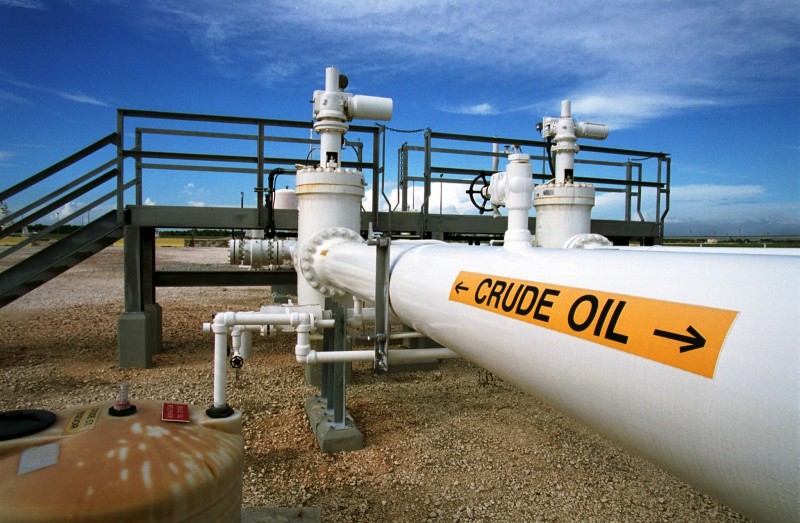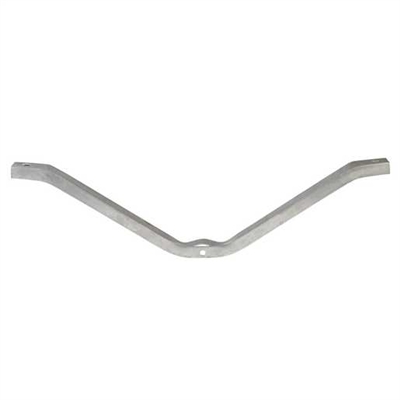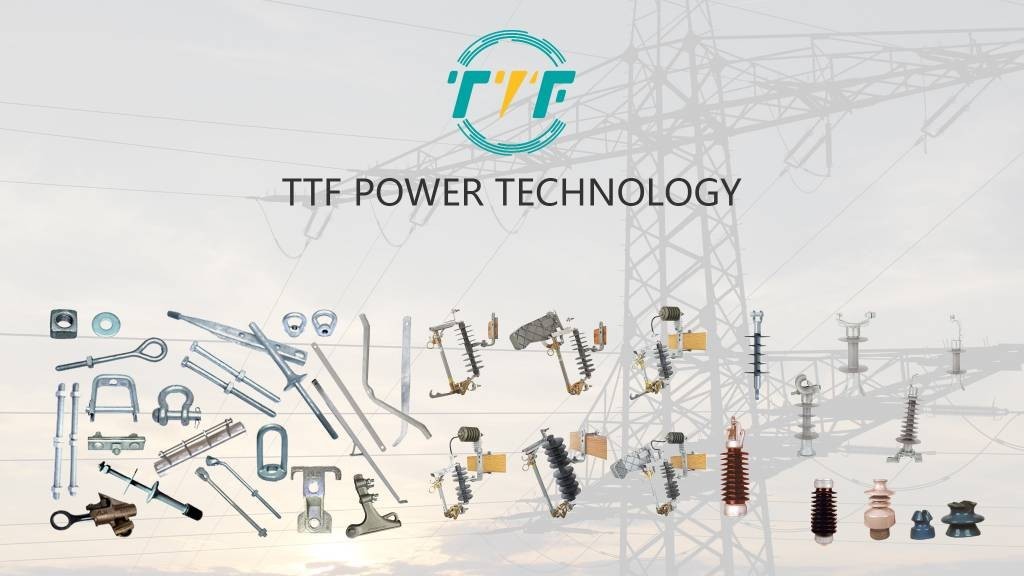
South America is a key player in global hydrocarbon production with massive reserves of oil and natural gas. Hydrocarbons are the backbone of their energy economy and help balance the energy security with the transition to cleaner energy sources. Hydrocarbons complement renewables by serving as a reliable energy source and funding cleaner technologies. This balance needs sustainable practices, strong policies, and regional cooperation to achieve a secure and low-carbon energy future. Countries like Brazil and Colombia are leading the efforts to integrate offshore wind, biofuels, and hydrogen production. The presence of cross-border energy agreements can enhance energy security while supporting renewables. These include natural gas pipelines and shared infrastructure projects. The use of advanced technologies like carbon capture and storage could help mitigate the environmental impact of hydrocarbon production. Brace crossarms aid in increasing the strength and stability of power line structures, providing electricity to hydrocarbon production infrastructure.
High-quality brace crossarms help provide electricity to oil and gas production sites to power drilling rigs, pumping stations, and processing facilities. They also power pipelines and other transportation infrastructure used to transport oil and gas. Brace crossarms provide essential support to power lines and transmission towers to enhance stability. The crossarms reduce the risk of power outages and equipment failures that could disrupt hydrocarbon production operations. They also ensure the continuous operation of power lines in diverse climates.
Benefits of hydrocarbon production in South America’s energy sector
Hydrocarbon production provides several benefits to the region’s energy sector. The region has oil and natural gas reserves that provide a stable energy supply, economic stability, and support for energy transition. Hydrocarbon production provides a reliable energy supply, economic benefits, and support for infrastructure development. They also provide the foundation for stability, resilience, and funding for renewable energy projects. These benefits include support for energy transition, infrastructure modernization, economic stability, stable energy supply, and regional energy markets.
Functions of brace crossarms in hydrocarbon production and its infrastructure
A brace crossarm is a component used in high-voltage electrical systems and transmission towers. They support and stabilize power lines to ensure the safe and efficient operation of electrical infrastructure. Brace crossarms support the infrastructure needed for exploration, extraction, processing, and distribution. The following are the functions of brace crossarms in hydrocarbon production.

- Power lines support—the crossarms distribute the weight of power lines across transmission towers. This helps reduce mechanical stress and prevent structural failure. They also support heavy conductors used in transmitting electricity to hydrocarbon production sites.
- Structural integrity—brace crossarms provide extra stability to transmission towers. They enable them to withstand strong winds and storms. They reduce vibrations caused by wind or conductor movement to prevent damage to the transmission system.
- Reliable power supply to hydrocarbon operations—hydrocarbon extraction and processing facilities need large amounts of electricity. Brace crossarms ensure the uninterrupted power delivery to systems such as pumps, compressors, and refining operations.
- Energy transition and modernization—brace crossarms support transmission lines connecting renewable energy sources. Crossarms made from advanced materials like composite fiberglass enhance grid stability and reduce maintenance needs.
Challenges facing hydrocarbon production in South America
The hydrocarbon production industry faces challenges ranging from environmental concerns to geopolitical instability. These challenges impact the ability to sustain and expand hydrocarbon production while balancing economic and environmental goals. TTF is a world-class global provider of high quality overhead line hardware, transmission hardware, distribution hardware, conductors, insulators, cutout switches, anchoring and grounding products. These products aid in the construction and maintenance of hydrocarbon production facilities. These challenges include:

- Environmental and climate challenges—hydrocarbon production produces greenhouse gases, which worsen climate change. Exploration and extraction activities lead to deforestation and loss of biodiversity.
- Geopolitical and economic challenges—hydrocarbon exports are vulnerable to global oil price fluctuations. This may hinder investment, production, and export capabilities. Government policies prioritizing state control over hydrocarbon resources can deter foreign investment.
- Technological and infrastructure constraints—most South American countries have obsolete infrastructure used in exploration, production, and refining. Advanced technologies for enhanced oil recovery, methane leak detection, and carbon capture remain underutilized due to high costs.
- Energy transition and decarbonization—governments are introducing policies to meet net-zero targets. This can lead to stricter regulations. The rapid expansion of renewable energy sources challenges the long-term viability of hydrocarbons.
- Financial and investment challenges—economic instability and credit risks deter international investors from funding new hydrocarbon projects.
- Social and community conflicts—oil and gas activities lead to conflicts over land use, resource ownership, and environmental degradation.
